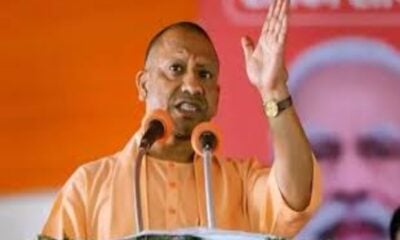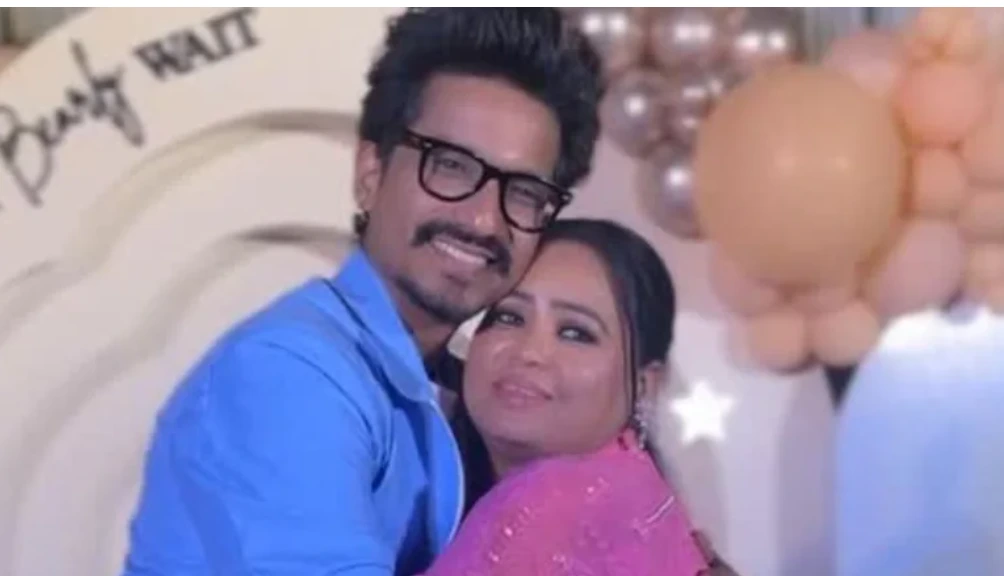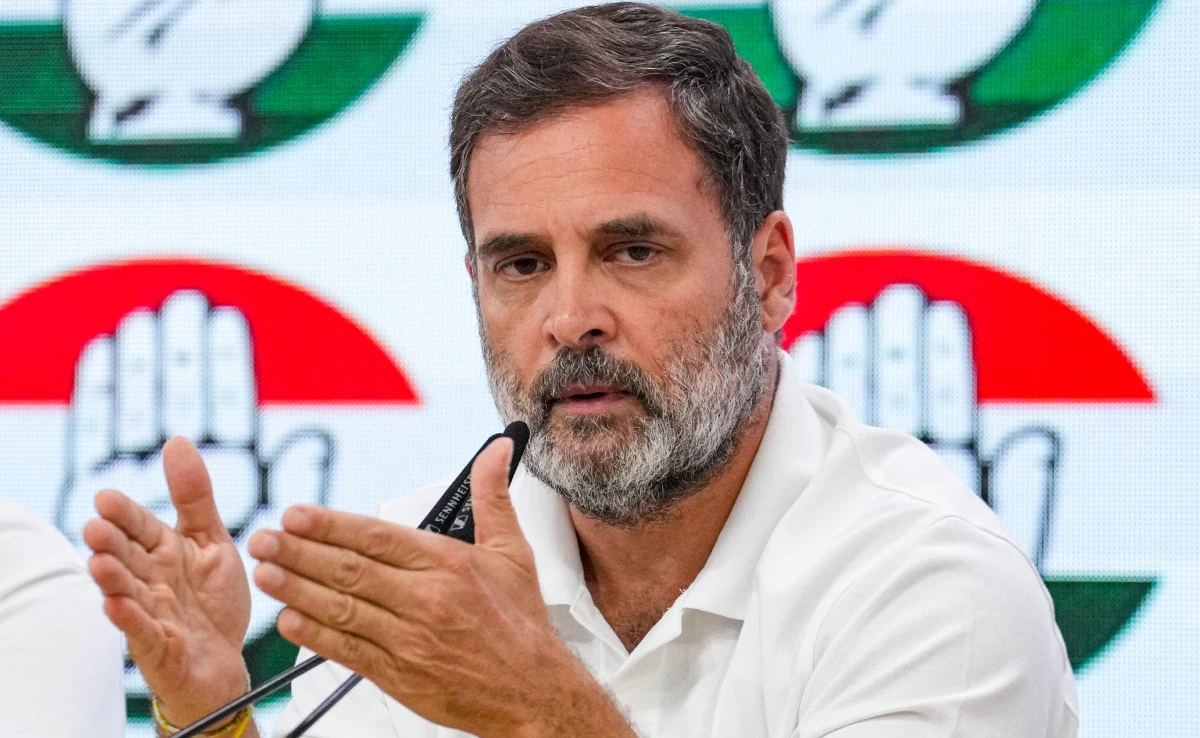India News
Apple executive killing: Second FIR filed, family meets CM Yogi Adityanath

Entertainment
Bharti Singh, Haarsh Limbachiyaa welcome second child after she’s rushed to hospital mid-shoot
Comedian Bharti Singh and her husband Haarsh Limbachiyaa welcomed their second child after she was rushed to hospital during a television shoot.
India News
Renaming MGNREGA removes core spirit of rural employment law, says Shashi Tharoor
India News
Rahul Gandhi attacks G RAM G bill, says move against villages and states
Rahul Gandhi has criticised the G RAM G bill cleared by Parliament, alleging it dilutes the rights-based structure of MGNREGA and centralises control over rural employment.
-
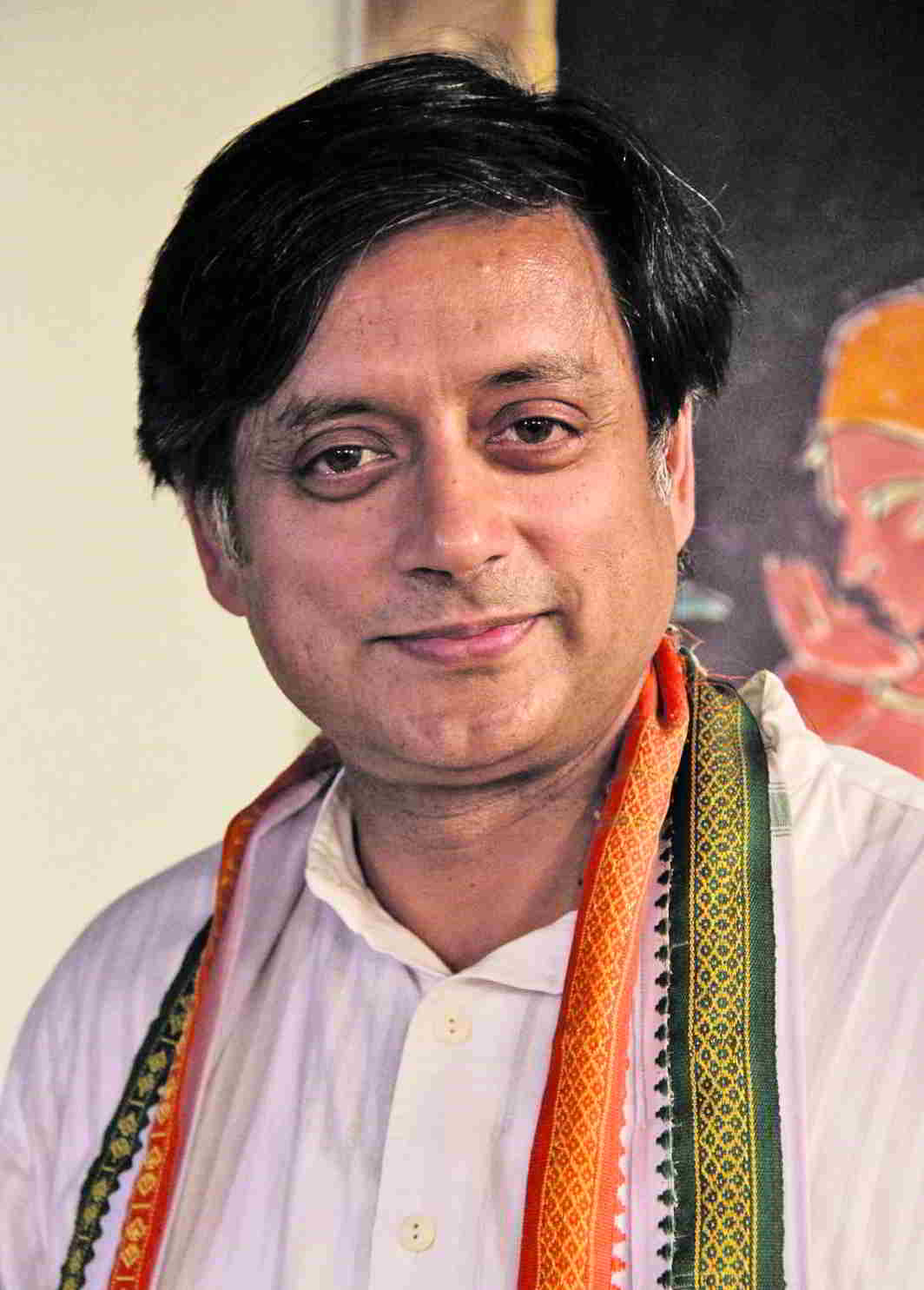
 India News13 hours ago
India News13 hours agoRenaming MGNREGA removes core spirit of rural employment law, says Shashi Tharoor
-
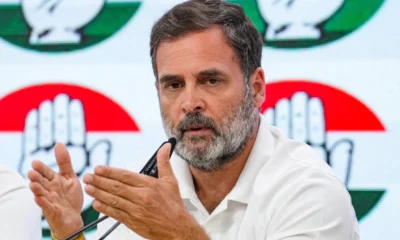
 India News13 hours ago
India News13 hours agoRahul Gandhi attacks G RAM G bill, says move against villages and states
-

 India News16 hours ago
India News16 hours agoG RAM G bill replacing MGNREGA passes Parliament amid opposition walkout and protests
-
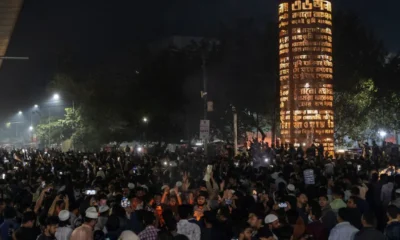
 Latest world news8 hours ago
Latest world news8 hours agoHindu man lynched and set on fire in Bangladesh during anti-India protests
-
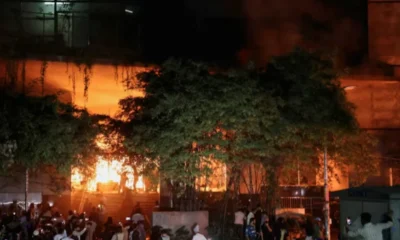
 Latest world news16 hours ago
Latest world news16 hours agoBangladesh rocked by violent protests after student leader Sharif Osman Hadi’s death, anti-India slogans raised
-

 Entertainment7 hours ago
Entertainment7 hours agoBharti Singh, Haarsh Limbachiyaa welcome second child after she’s rushed to hospital mid-shoot
-
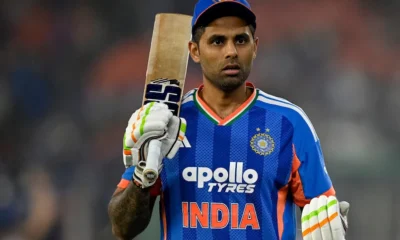
 Cricket news6 hours ago
Cricket news6 hours agoIndia vs South Africa 5th T20I: Samson shines with 37 as India push on after Gill injury
-
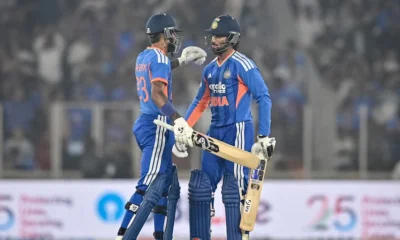
 Cricket news5 hours ago
Cricket news5 hours agoIndia vs South Africa 5th T20I: Tilak Varma, Hardik Pandya power India past 230 in Ahmedabad

